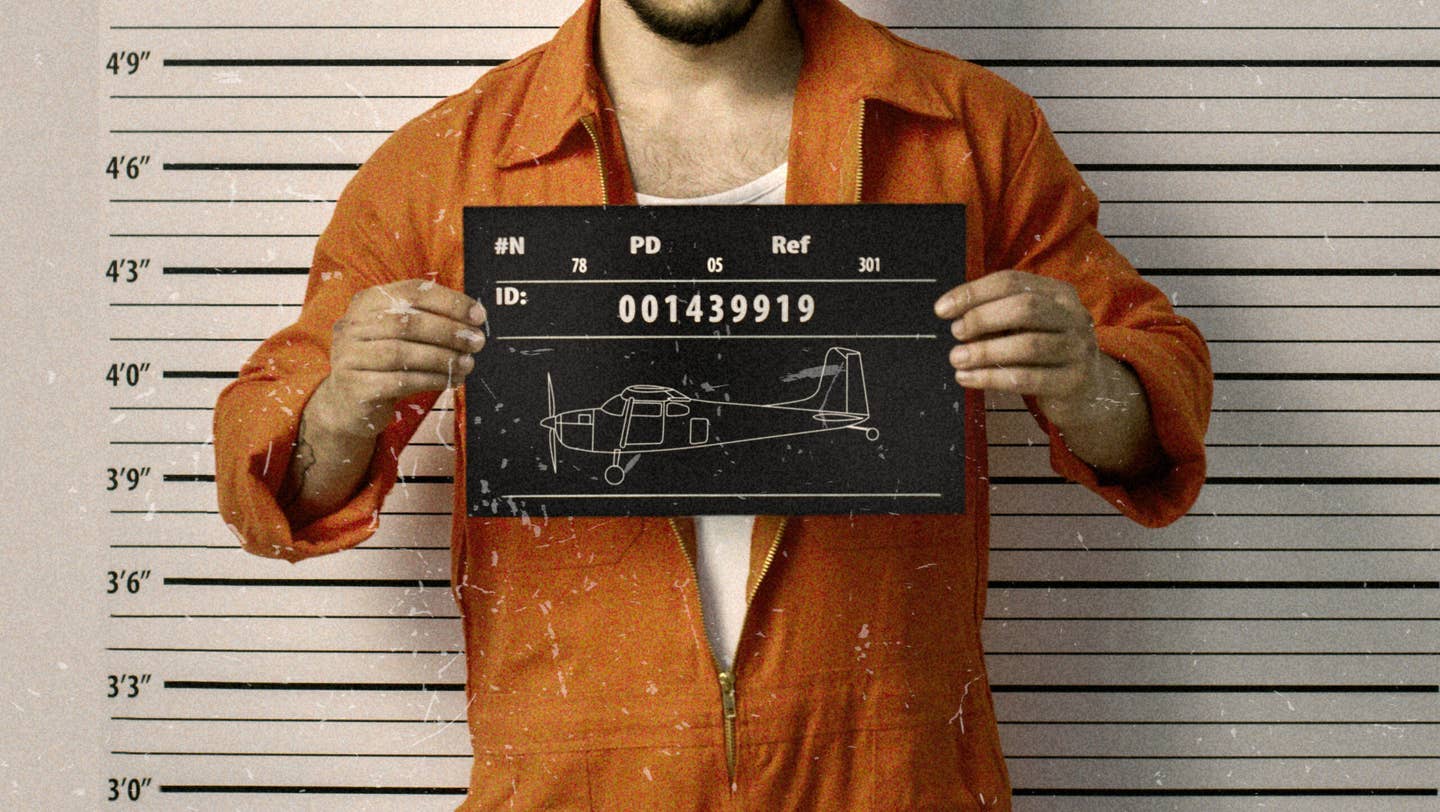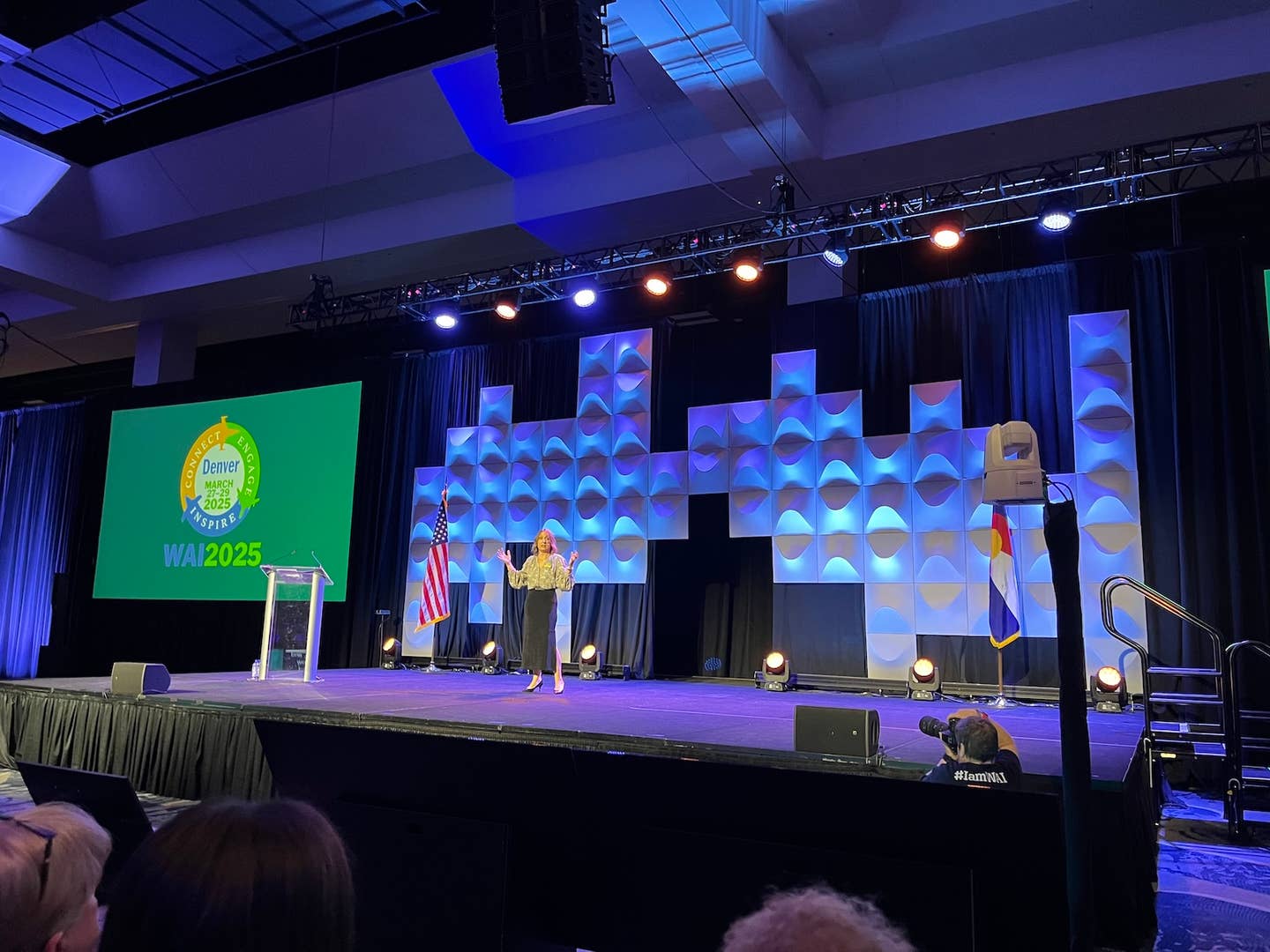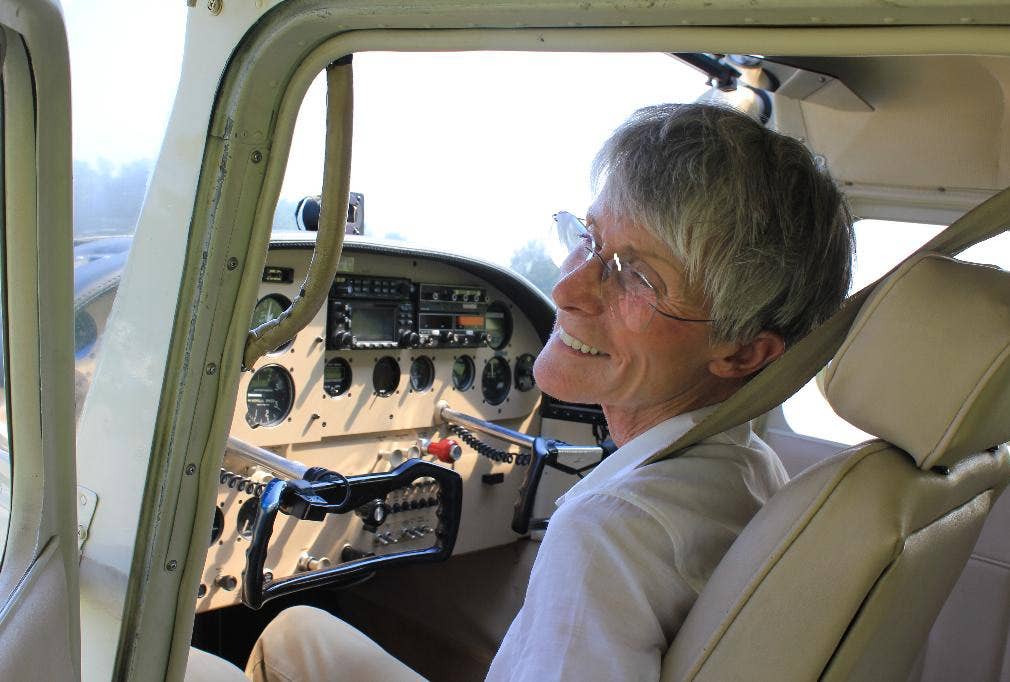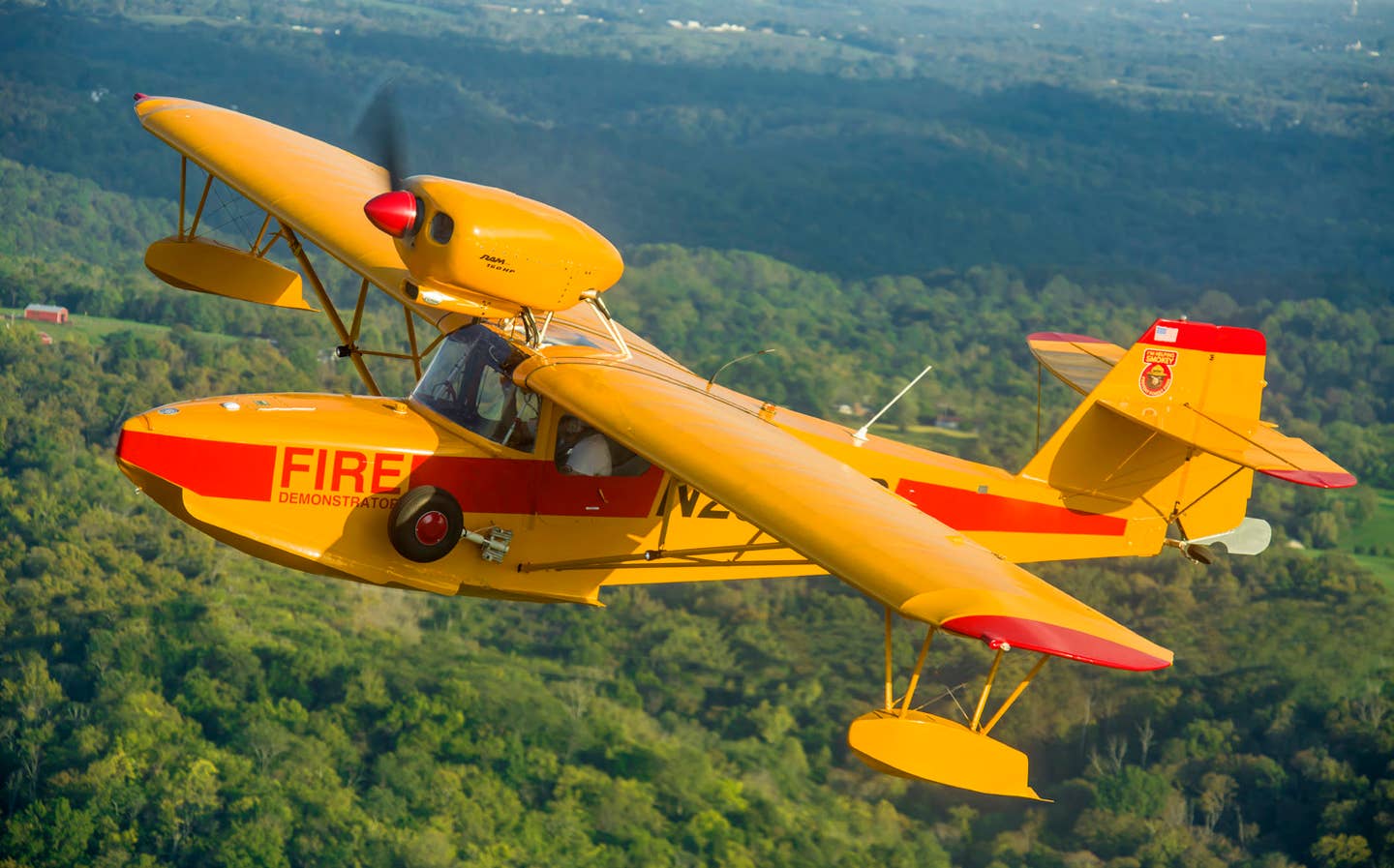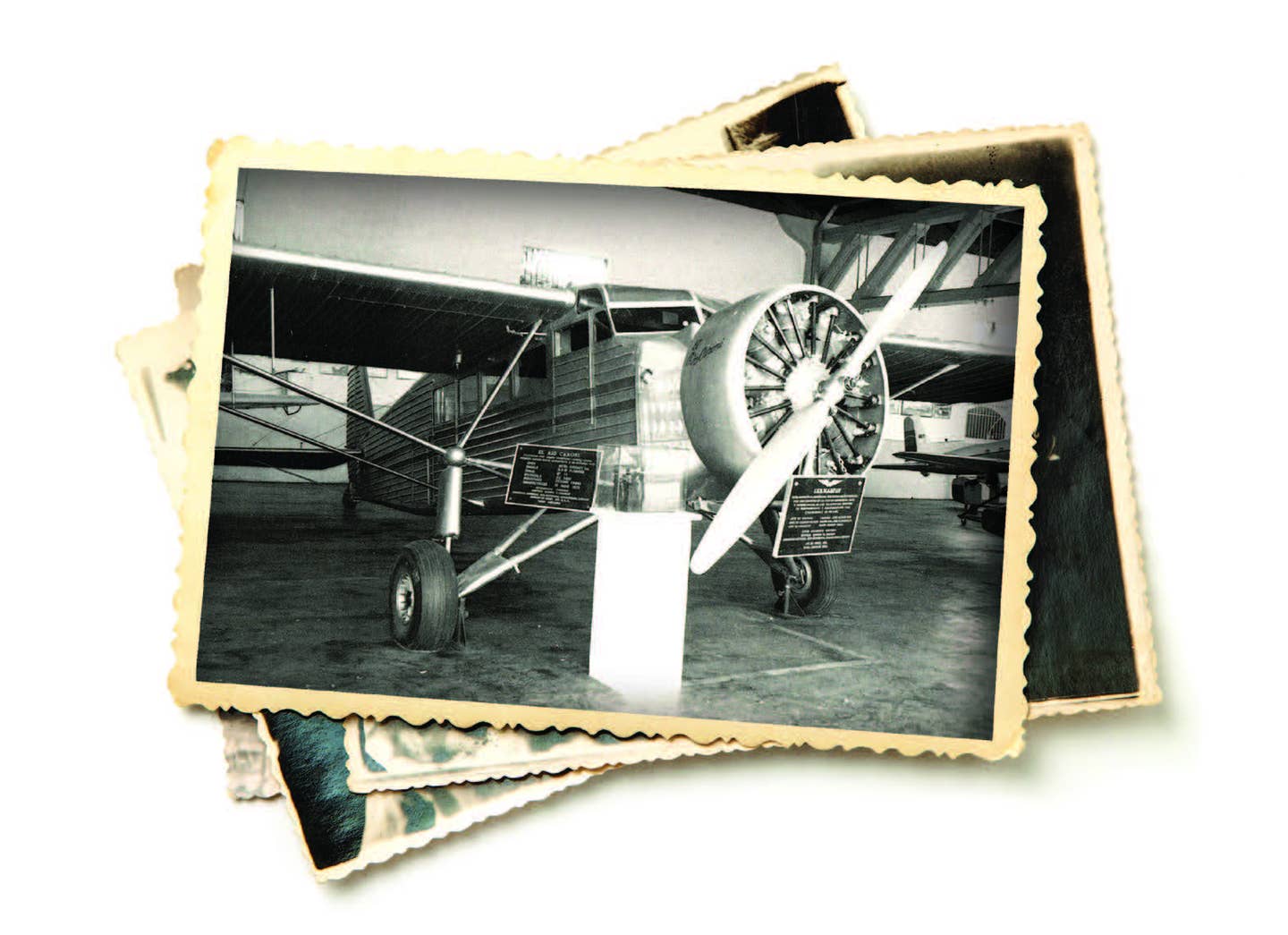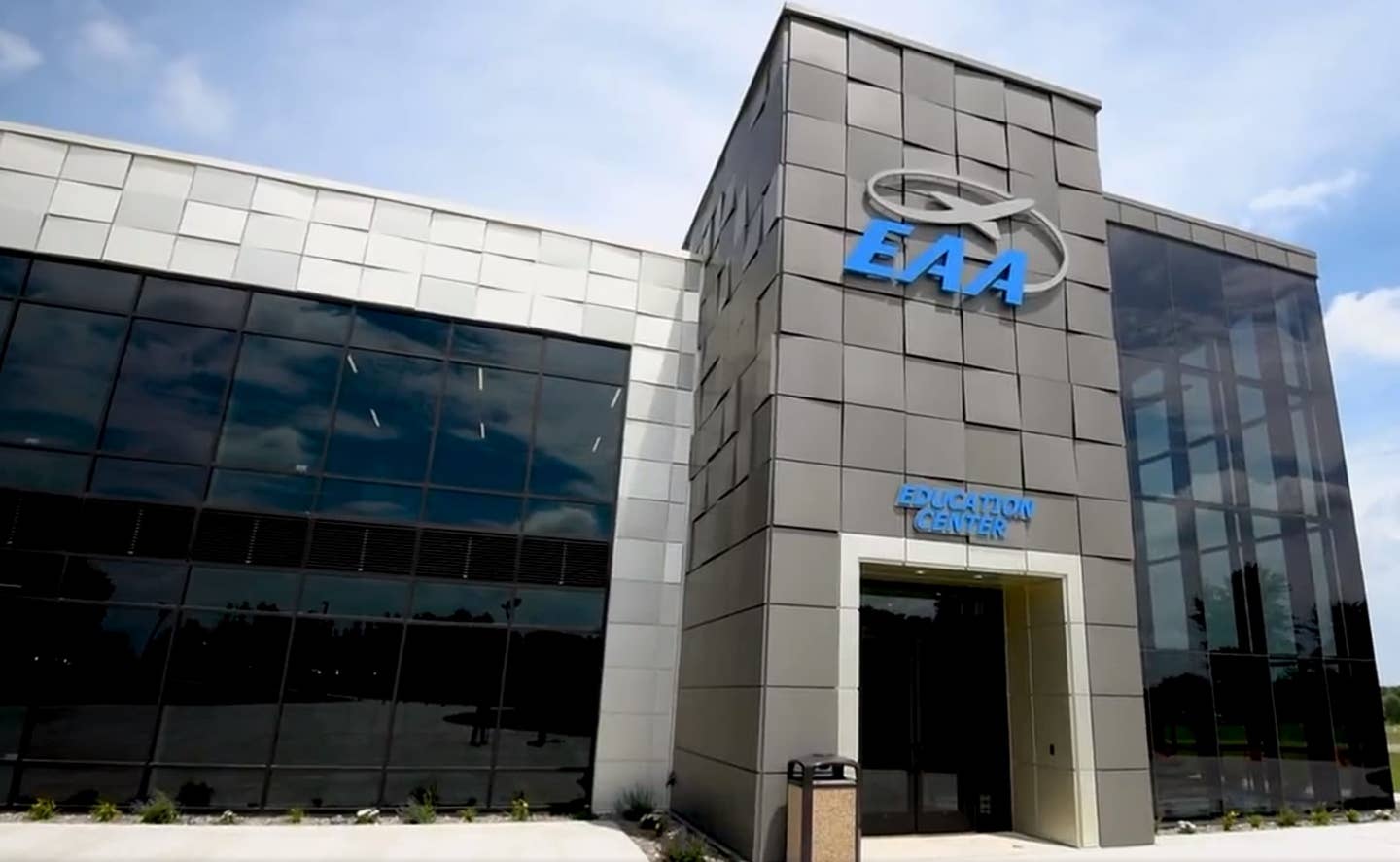Ultimate Issue: The Connection Between Airports and God’s Acres
There are many places where runways share space with cemeteries.

Members of the Dodson family, Daniel Hueston and John Dotson, are buried alongside Runway 10 at Savannah/Hilton Head International Airport (KSAV). [Courtesy: Savannah/Hilton Head International Airport]
Sitting in the Pioneer Cemetery on a knoll across the street from Lunken Airport in Cincinnati, I was thinking about cemeteries and airports (imagine that).
It is a lovely, peaceful spot set on a knoll, but most of the remains—people who went down the Ohio River and settled on the flat ground below in the late 1700s—were reinterred up here above the floodplain. That large, flat area, called the Turkey Bottoms, would become “Sunken Lunken” Airport in the early 1920s.
I’ve heard comments about how many approach and takeoff paths take you right over graveyards, but I never realized how many cemeteries are located on airport properties.
- READ MORE: Perusing Some Old Logbooks
Maybe it’s not such a bad idea. The ground between or alongside runways and taxiways is flat and well cared for, and what could be a more appropriate resting place for pilots and aviation aficionados? The thought of resting in a place with airplanes soaring into the sky nearby…hey, that makes sense to me.
But since Lunken (KLUK) hasn’t yet seen things my way, I have a plot in a little and very old cemetery at the base of the Mount Washington neighborhood water tower, sitting on a hill about 4 miles from the airfield.
The airport beacon is mounted on top of the tower, and many a night I’ve navigated home fi nding my way toward that bright light.
Out of curiosity, I “uncovered” information about the incredible number of airports—large and small—where an old cemetery is found on the property. And it’s fascinating how the problem is solved.
A Chicago field, originally called Orchard Airport and the site of the Douglas Aircraft Company, was renamed O’Hare (KORD) in 1949, and in 1952, graves in Wilmer’s Old Settler Cemetery—0.384 acres on O’Hare Airport property—were removed by court order because they were in the path of a proposed new runway. Reportedly, 37 whites and an unknown number of Native Americans interned there were reburied in three nearby cemeteries.
Just how long a grave can be “reserved” for sole use by the original inhabitant seems to depend on state and local practices. It’s common for cemeteries to rent plots, allowing people to lease a space for up to 100 years before the grave is allowed to be recycled and reused.
In Ohio, it’s 75 years, but I could find no universal law here. It seems that much depends on the preference of surviving—if any—family members. Sometimes a court order is required.
Hartsfield-Jackson Atlanta International Airport (KATL) consistently wins the title of the world’s busiest airport and it continues to grow, engulfing more and more small communities. When a fifth runway was added in 2006, it vastly increased the number of possible operations, but it also enveloped two century-old cemeteries.
Authorities decided that these two small family and church burial grounds, Hart and Flat Rock cemeteries, would simply be incorporated into the airport’s master plan. Despite being located between runways with takeoffs about every 30 seconds, they are still publicly accessible via a dedicated access road with signs showing the locations.
Probably the most famous—and curious—on-airport remains can be found at Savannah/Hilton Head International Airport (KSAV).
Members of the Dodson family, Daniel Hueston and John Dotson, are buried alongside Runway 10, while Richard and Catherine Dodson’s graves are actually embedded beneath that runway. If you look really hard out of an airplane window, you can see the markers.
On quiet Saturday mornings, local pilots have been known to ask ground controllers for the “Graveyard Tour.” If cleared, this allows one to taxi out to the Dotson grave markers on Runway 10/28 so passengers can snap a picture before taking off.
Everything is haunted in Savannah and ghost tours are big business, but thus far, no one has figured out how to monetize the graveyard tour at the airport. Perhaps the two flight schools on the field could start incorporating a ghost tour into their sightseeing flights.
When Smith Reynolds Airport (KINT) in Winston- Salem, North Carolina, acquired property in 1944 to extend a runway, about 700 graves in the private African American Evergreen Cemetery were relocated to a new location. But it seems some marked graves remain in a wooded area within the airport complex.
If you watch carefully while driving on Springhill Road south of Tallahassee International Airport (KTLH) in Florida, you’ll see a break in the security fence. Pull in there and drive between the fences with signs proclaiming it is a restricted area, and you’ll come upon gravestones of a cemetery around which the airport runways were built. It’s known as Airport Cemetery and was originally a pauper’s graveyard. About 15 graves are designated with stones, but it appears there are about 20 other sunken depressions marking graves.
I’m betting you know many others, but I found one at Burlington International Airport (KBTV) in Vermont, where the graveyard is surrounded on three sides by the facility. And there’s Florida’s Flagler Executive Airport (KFIN), North Carolina’s Raleigh-Durham International
Airport (KRDU), New York’s Albany International Airport (KALB), and Virginia’s Shenandoah Valley Regional Airport (KSHD), where Revolutionary War veteran Mathias Kersh and his wife, Anna Margaret, rest—all sites of small family plots. The behemoth Amazon recently added 210 acres as part of its air cargo hub at Cincinnati/Northern Kentucky International Airport (KCVG) and is seeking permission to move 20 graves from the land it owns there.
No discussion of final resting places and cemeteries would be complete without a mention of a glorious shrine to aviation built a quarter mile off the end of Runway 15 at California’s Hollywood Burbank Airport (KBUR), formerly known as Bob Hope Airport. It’s called the “Portal of the Folded Wings.” The 78-foot-tall structure was designed by a San Francisco architect and built in 1924, intending it to be the entrance to a cemetery called Valhalla Memorial Park.
With its location so close to Burbank Airport—then called Union Airport—and the site of the Lockheed Company, aviation enthusiast James Gillette wanted to dedicate it as a shrine or memorial to early aviators. It took Gillette nearly 20 years, but it was finally dedicated as the final resting place of pilots, mechanics, and aviation pioneers in 1953. In addition to the ashes of those actually interred inside the portal, a number of brass plaques honor famous aviators resting elsewhere, such as General Billy Mitchell and Amelia Earhart.
Familiar aviation pioneers whose ashes are found inside include Bert Acosta (Admiral Richard Byrd’s copilot); Jimmie Angel, whose remains were removed and scattered over Angel Falls in Venezuela, where he crashed flying a Cincinnati-built Flamingo; W.B. Kinner, builder of the first certified aircraft engine as well as Earhart’s first airplane; and Charlie Taylor, who built the engine for the Wright Flyer and operated the first airport on Huffman Prairie in Dayton, Ohio. You can visit the site in Valhalla Memorial Park in North Hollywood, California.
But I can’t write a story about aviators who legally rest on airport properties without mentioning who knows how many ashes that have been surreptitiously scattered from airplanes flying over the deceased’s beloved home airport.
This column first appeared in the Summer 2024 Ultimate Issue print edition.

Sign-up for newsletters & special offers!
Get the latest FLYING stories & special offers delivered directly to your inbox

